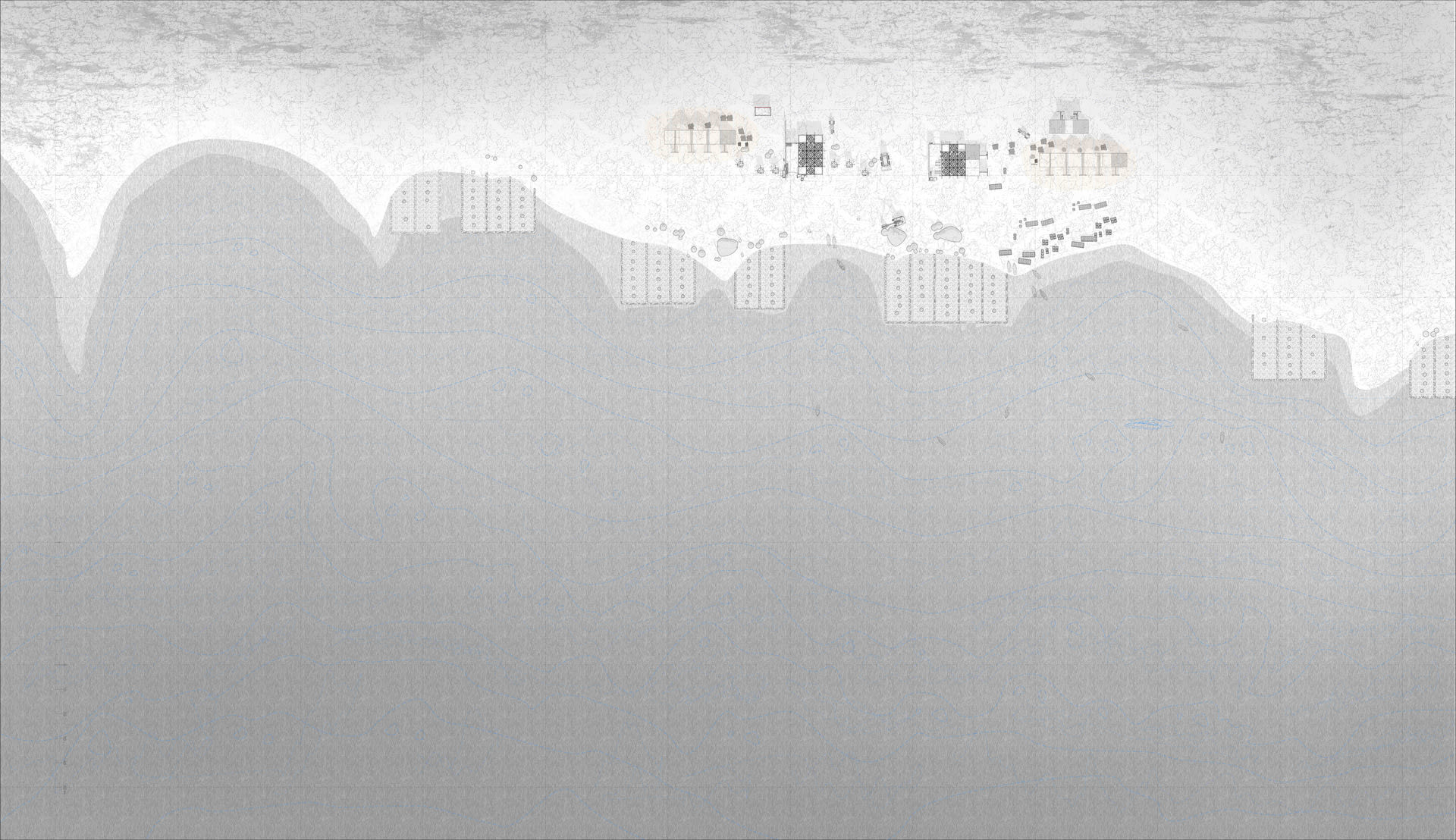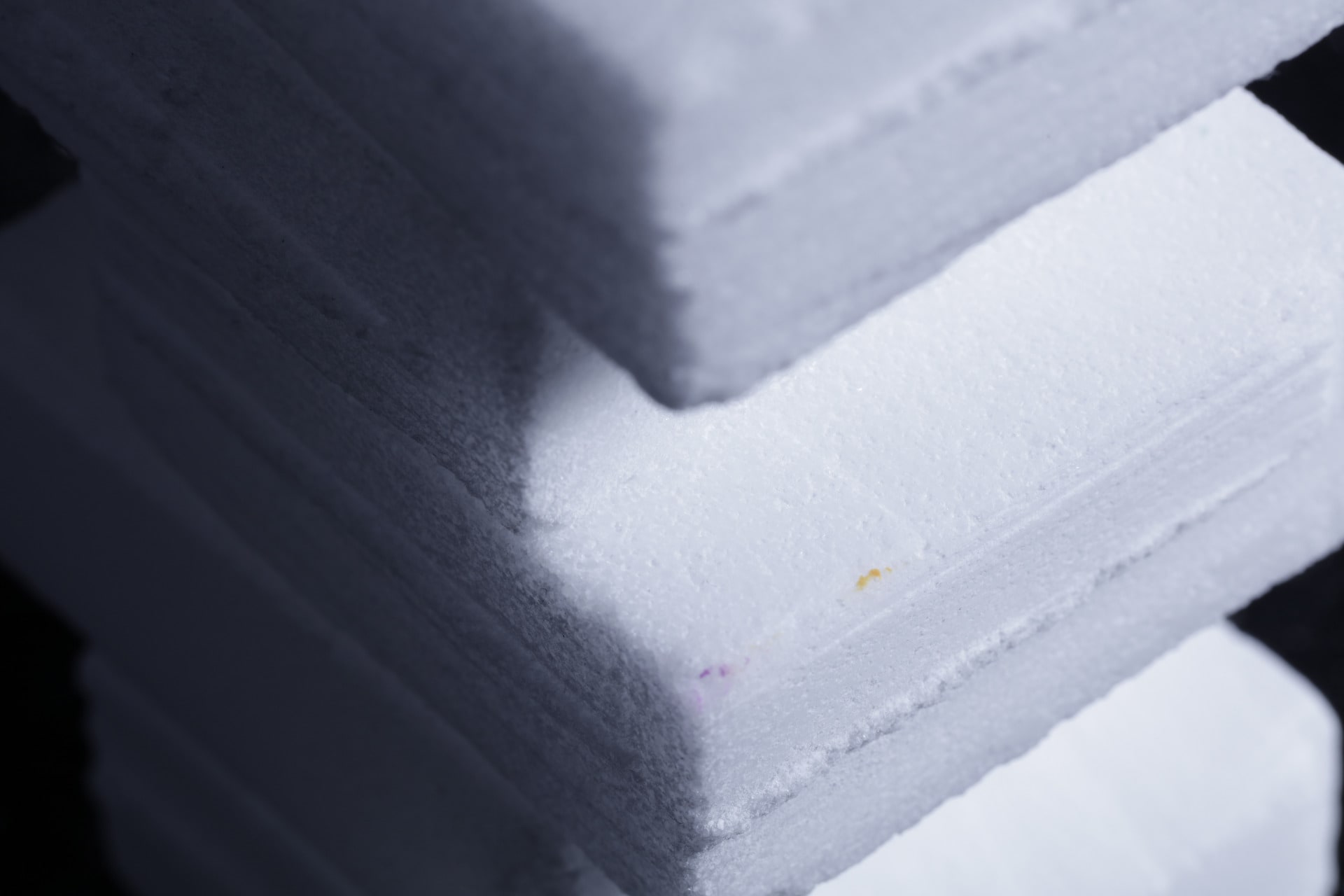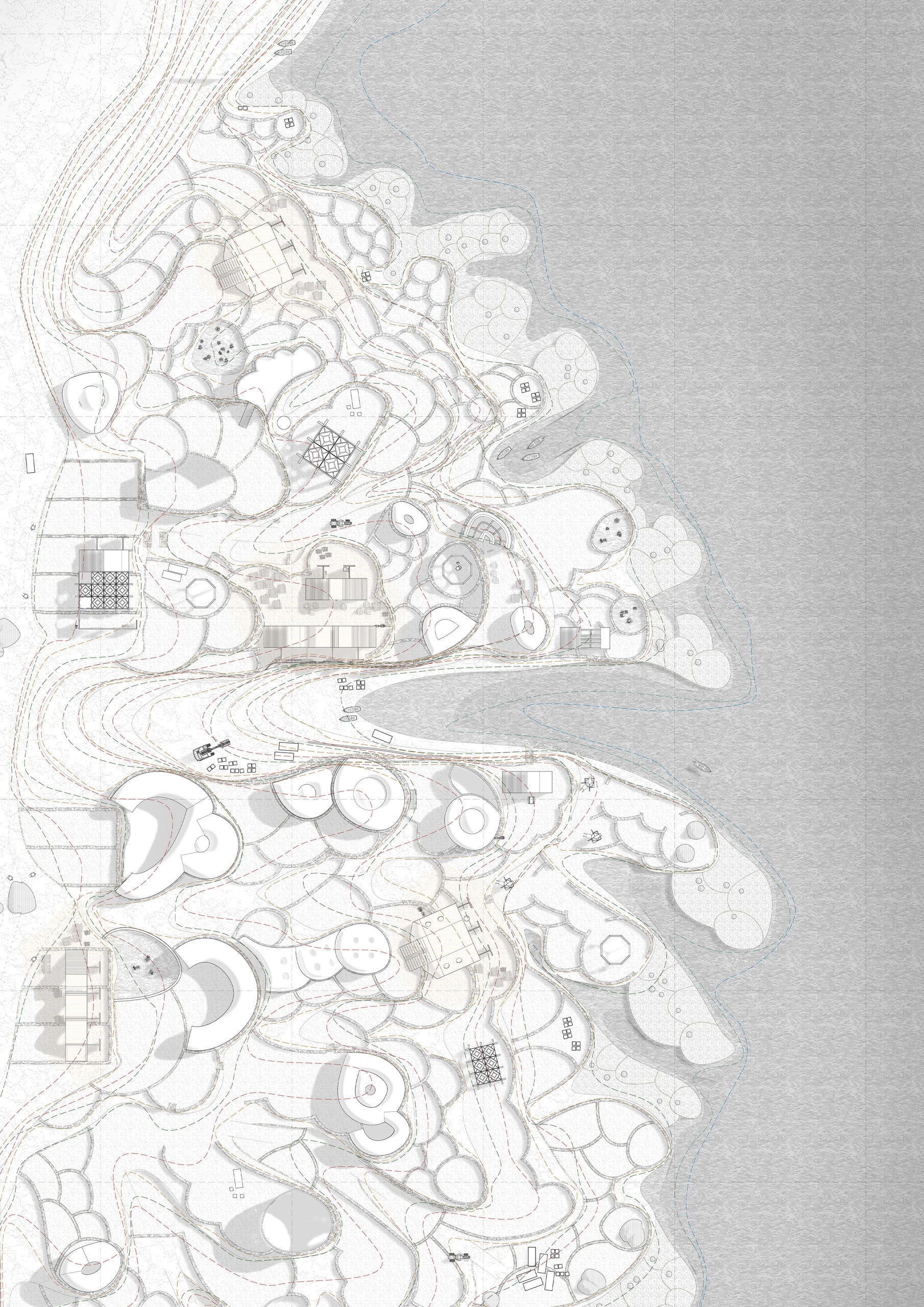I am an architectural designer with interest in large-scale projects that explore social structures and values. My undergraduate work at the Bartlett drew alternative structures that subverted traditional monuments and spaces of power in the UK and EU. At the RCA, I wanted to go further and investigate upon what basis new systems and spaces could be built. In my first year with ADS4, I looked at the effects of unpredictability, and what improv can (and can't) teach us about adaptive building. In my second year with ADS6, I focused on material and ecological processes as a basis for architectural identity.
I try to situate my projects in their social and political context, and look at architecture as an expression of a method of living, rather than just the location for it. As designers, we have the difficult task of engaging with, expressing, and addressing social norms and practices without attempting to solve issues that must be tackled by people, not spaces. With my projects at the RCA I tried to understand how a designer fits in a complex system of political, social and ecological change - how to deal with the inherent uncertainty, and how to maintain agency in the face of these strong forces.

























